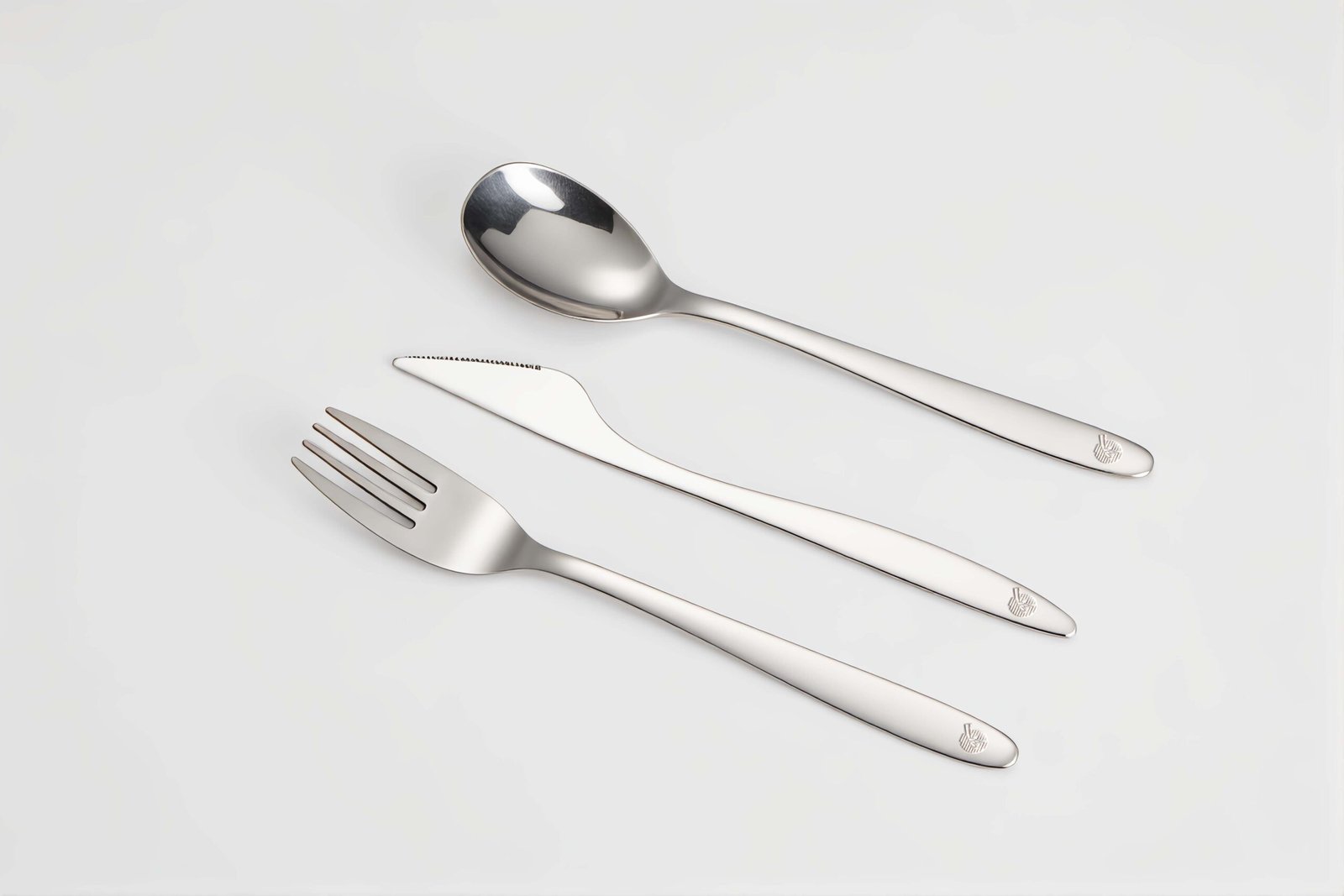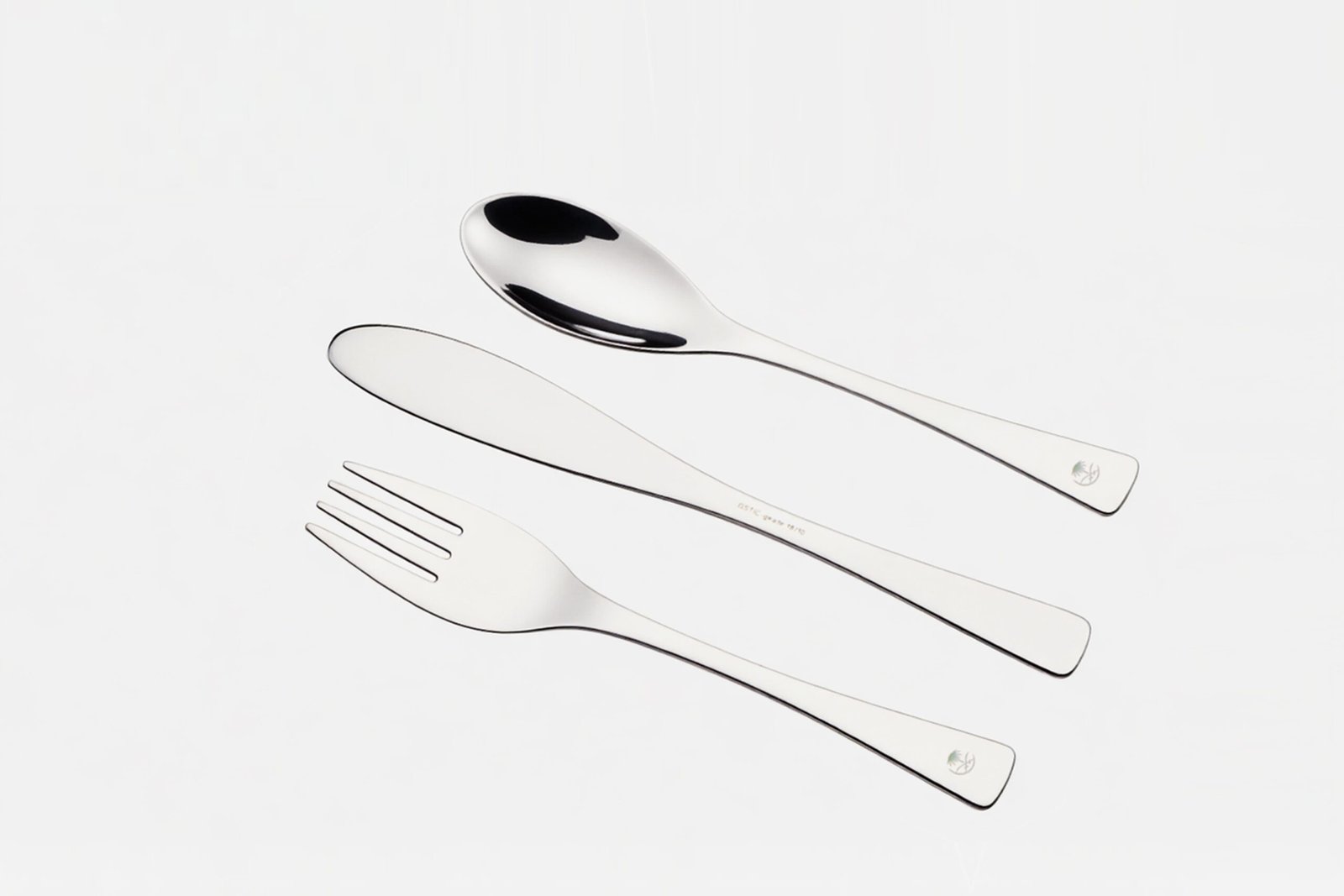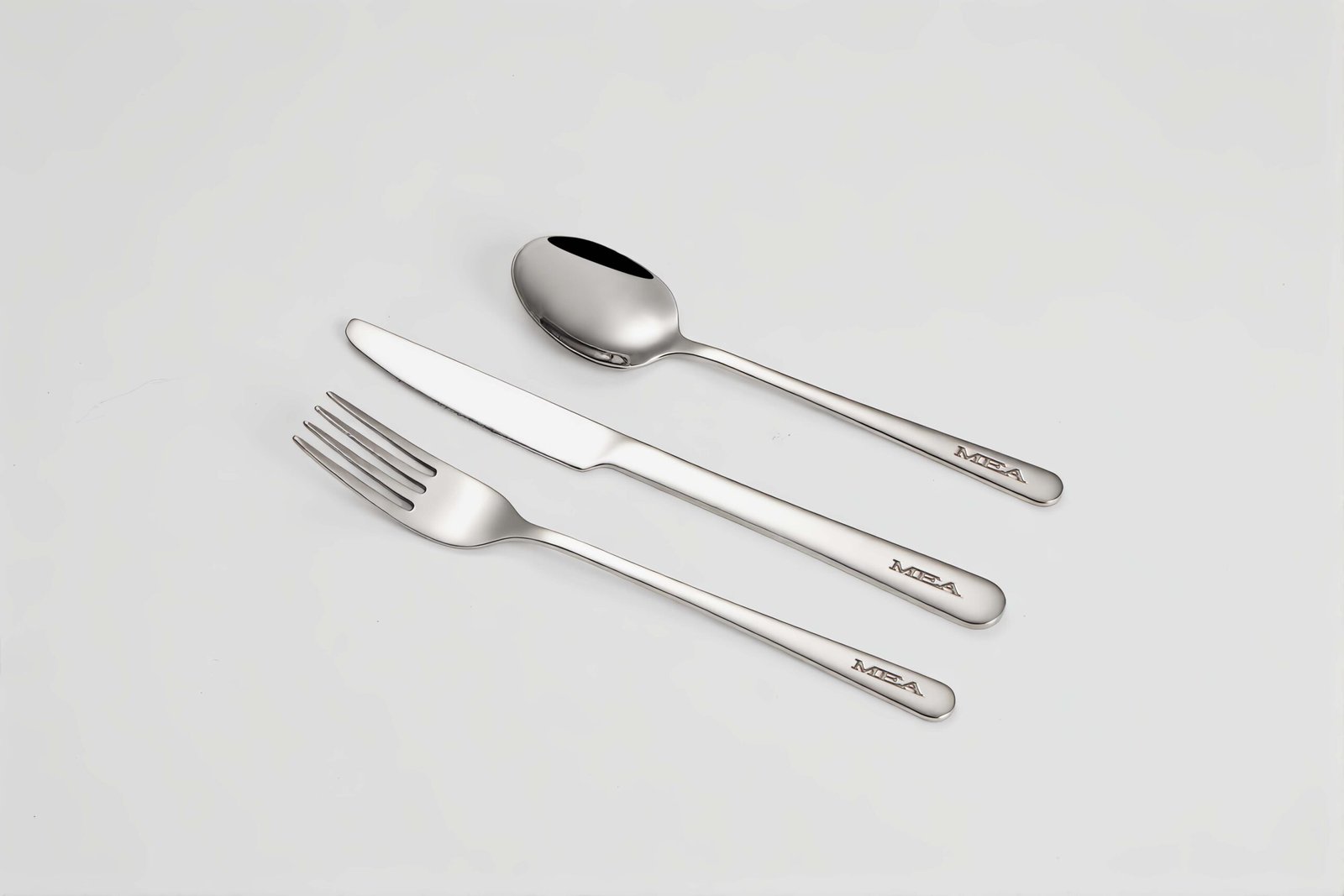I struggle to find the perfect tool to cut my favorite cheeses. Every time I slice, the cheese sticks or crumbles. I need a reliable solution.
A good cheese knife nearby can transform your slicing routine. Find the right design and enjoy smooth, precise cuts in seconds.
Finding the ideal cheese knife can feel overwhelming. With so many styles and features, you might hesitate or settle for less. Stick with me. I’ll guide you through each option, from forged classics to everyday alternatives. Let’s make every slice a delight.
Table of Contents

Forged Cheese Knife?
I once bought a forged knife, expecting strength and beauty, but I hesitated to use it daily. What makes forging special?
Forged knives start as a single piece of steel. Heat and hammer strengthen the blade’s core. This process yields balance, durability, and a sharp edge. Compared to stamped blades, forging offers better weight and feel.
Why Forging Matters
Forging transforms raw steel into a superior knife. Here’s why it matters, and how it compares:
1. Grain Structure and Strength
Forging aligns the steel’s grain. This alignment boosts toughness and edge retention. A well-forged blade resists chipping and warping under stress.
2. Balance and Weight
Forged knives often have a full tang, extending the blade through the handle. This design shifts weight toward the center. You’ll feel more control and less wrist fatigue.
| Feature | Forged Knife | Stamped Knife |
|---|---|---|
| Grain Alignment | Yes | No |
| Full Tang | Usually | Rarely |
| Edge Retention | Superior | Moderate |
| Weight & Balance | Heavier & Balanced | Lighter & Tip-Heavy |
| Price Point | Higher | Lower |
3. Craftsmanship and Longevity
Each forged knife involves skilled labor. You get a tool built to last decades. With proper care—cleaning, honing, and occasional sharpening—a forged knife remains sharp and reliable.
4. Marketing from My Perspective
As a manufacturer, I choose forging to showcase our craftsmanship. We use high-carbon German steel and hand-finish each blade. When you buy local or nearby, you support artisans who ensure quality at every step.
Forged cheese knives may cost more, but they pay off in performance and longevity. You slice cleaner, feel the balance, and slice for years without replacement.
What Kind of Knife Is Best for Cheese?
I once tried a regular chef’s knife on Brie. It stuck, tore, and ruined my presentation. I needed a dedicated tool.
Soft cheese needs a thin blade. Hard cheeses need a sturdy wedge. A cheese knife blends these traits: sharp, thin, sometimes with holes to reduce sticking. Look for a blade that matches your cheese types.
Matching Knife to Cheese Type
Choosing the right knife depends on cheese texture. Let’s break it down:
Hard vs. Soft: Blade Shape
– Hard Cheeses (Cheddar, Parmesan)
– Sturdy, wedge-shaped blade
– Straight edge for clean cuts
– Soft Cheeses (Brie, Camembert)
– Thin perforated blade
– Holes reduce surface contact and sticking
Serrated vs. Smooth: Edge Design
– Serrated Edge
– Saw-like teeth to grip rind
– Better for semi-firm cheeses
– Smooth Edge
– Straight cut for clean slices
– Best for firm, aged cheeses
| Cheese Type | Ideal Blade Shape | Edge Type | Special Feature |
|---|---|---|---|
| Brie | Thin, forked blade | Smooth | Holes in blade |
| Cheddar | Wide, wedge blade | Smooth | Full-tang handle |
| Mozzarella | Straight, narrow blade | Smooth | Ergonomic grip |
| Blue Cheese | Pronged, narrow blade | Serrated | Built-in fork tip |
| Parmesan | Hard-cheese chisel | Smooth | Thick spine |
Material and Handle
High-carbon stainless steel holds an edge longer. Look for riveted handles—wood, G-10, or polymer—for durability and comfort. Grip matters when applying pressure.
My Marketing Note
I produce knives locally with attention to each design’s role. Our forged series covers all cheese types. Buy nearby and enjoy fast shipping and personal support.
How to Cut Cheese Without a Cheese Knife?
I hate when I lack tools and my cheese tears or smears all over. I need a clean solution now.
You can use everyday items like dental floss, vegetable peelers, or even string to achieve neat cheese slices without a specialized knife.
Creative Cheese-Slicing Methods
When you don’t have a cheese knife, you can still get perfect slices. Let’s break down techniques, pros and cons, and the best scenarios for each method.
String or Dental Floss Technique
String or unflavored dental floss can glide through soft and semi-soft cheeses. Hold the floss taut, position it, and pull down firmly. This yields smooth cuts without crushing textures.
Vegetable Peeler or Mandoline
A sharp vegetable peeler or mandoline can shave off thin slices from semi-hard cheeses like gouda or cheddar. It’s fast and creates uniform ribbons but may struggle with very hard blocks.
| Method | Best For | Pros | Cons |
|---|---|---|---|
| Dental Floss/String | Soft & Semi-soft | Clean cut, no sticking | Not for very hard cheeses |
| Vegetable Peeler | Semi-hard | Thin slices, quick | Risk of uneven thickness |
| Mandoline | Hard & Semi-hard | Uniform slices, fast | Requires caution, limited shapes |
| Wire Cheese Slicer | Hard & Semi-hard | Clean, precise | Less common, needs extra tool |
| Cheese Plane | Hard cheese blocks | Thin, elegant slices | Only for very firm cheeses |
Safety and Practice
Practice on small pieces first. Keep prep areas clear. For floss, ensure it’s food-safe. With mandolines, use guards and slow, steady motions. Safety reduces waste and accidents.
Critical Comparison
– Texture Impact: Floss preserves crumbly textures, while peelers can compress softer cheeses.
– Slice Uniformity: Mandolines and planes excel at uniformity; floss gives organic cuts.
– Accessibility: String and peelers are in most kitchens; specialized slicers are extra purchases.
By understanding each method’s mechanics and trade-offs, you can confidently slice any cheese, even when your go-to knife is out of reach.

Are Cheese Knives Worth It?
I used generic knives for years, battling stickiness and crumbles. Then I tried a proper cheese knife and my boards improved instantly.
A dedicated cheese knife’s design—from blade shape to edge pattern—makes slicing smoother, reduces waste, and elevates your presentation.
Evaluating Cheese Knife Value
Investing in a cheese knife means balancing cost against performance. Let’s evaluate factors like frequency of use, cheese variety, and long-term benefits.
Performance Benefits
Cheese knives feature holes, serrations, or forked tips. These minimize surface contact, reduce sticking, and help lift slices. A small investment transforms inconsistent cuts into professional-looking presentation.
Cost Considerations
Quality knives range from $10 to $100+. A forged, high-carbon steel model costs more but lasts years. Stamped stainless steel is budget-friendly but may dull faster.
| Feature | Stamped Knife | Forged Knife | Specialty Knife |
|---|---|---|---|
| Price Range | $20–$40 | $50–$100+ | $30–$200 |
| Edge Retention | Moderate | High | Varies |
| Maintenance | Low | Medium | Medium–High |
| Presentation Quality | Good | Excellent | Specialist |
Usage Frequency Impact
If you entertain weekly or run a small café, a high-end knife pays for itself in efficiency and reduced cheese waste. For occasional use, a mid-range stamped knife provides decent performance without breaking the bank.
Long-Term Value
Quality knives hold sharper edges and resist corrosion. Over time, they retain value and performance. Replacement cost for cheap knives can exceed the initial saving when factoring in sharpening and wear.
By matching your budget to your usage needs and cheese habits, you’ll see whether a cheese knife’s benefits justify its price.
What Is the Difference Between a Cheese Knife and a Normal Knife?
I used my chef’s knife on cheese, only to see it stick and tear the wedge. Then I learned about cheese-specific designs.
Cheese knives have specialized blade shapes, edge patterns, and handles to prevent sticking, improve leverage, and protect delicate cheese textures.
Specialized Design vs. General Purpose
Let’s compare blade geometry, edge style, and handle ergonomics to see why cheese knives outperform normal knives for cheese tasks.
Blade Geometry
– Cheese Knife: Thin, often perforated, with forked tips or chisel shapes.
– Normal Chef’s Knife: Wider, thicker spine, designed for chopping and dicing, not minimal contact slicing.
Edge Style
– Cheese Knife: Can be smooth, serrated, or with dimples/holes to reduce surface contact.
– Normal Knife: Smooth edge optimized for a variety of foods; no holes or specialized serrations.
| Aspect | Cheese Knife | Chef’s Knife |
|---|---|---|
| Blade Thickness | Thin | Thick |
| Surface Contact | Minimal (holes/dimples) | Full |
| Edge Design | Serrated/smooth/forked tip | Smooth |
| Purpose | Slicing and serving cheese | Versatile food prep |
| Leverage & Control | Shallow cuts, delicate handling | Heavy chopping, slicing |
Handle Ergonomics
Cheese knives often have angled or offset handles to improve slicing angle with minimal wrist strain. Chef’s knives focus on grip stability for chopping.
Functional Outcomes
Using a chef’s knife on soft cheeses causes sticking and tearing. A cheese knife glides through, preserving shape and texture, while chef’s knives excel at heavy-duty tasks like chopping garlic or slicing meat.
Understanding these differences helps you choose the right tool for each culinary task and ensures your cheese boards look and taste their best.
Should a Cheese Knife Be Serrated?
I once bought a serrated cheese knife expecting universal use. It worked on some cheeses but mangled others. I had to learn which edge suits which cheese.
Serrated edges grip rinds and firm textures but can tear soft cheeses. Choose serration levels based on cheese hardness for optimal performance.
Matching Serration to Cheese Hardness
Serration creates points that bite into rinds and firm surfaces. But too much can damage delicate cheeses. Let’s analyze serration patterns and match them to cheese types.
Fine vs. Coarse Serration
– Fine Serration: Small teeth, gentle bite. Good for semi-soft cheeses like Havarti.
– Coarse Serration: Large teeth, aggressive grip. Best for hard rinds on aged cheddars.
| Serration Type | Tooth Size | Ideal Cheese Type | Risk |
|---|---|---|---|
| Smooth Edge | None | Soft & semi-soft | Sticking on hard rinds |
| Fine Serration | 1–2 mm teeth | Semi-soft (Havarti) | Slight tearing of crumbly |
| Medium Serration | 2–3 mm teeth | Firm cheeses (Gouda) | Slower slicing of soft types |
| Coarse Serration | 3–4 mm teeth | Hard cheeses (Cheddar) | Rough cuts on soft varieties |
Edge Maintenance
Serrated edges are harder to sharpen at home. They require specialized tools or professional service. Smooth edges can be honed regularly with a whetstone or steel rod.
Practical Tips
– Use smooth blades on creamy cheeses to avoid tearing.
– Apply serrated knives with a gentle sawing motion on firm cheeses.
– Store serrated knives separately to protect the teeth.
By matching serration patterns to cheese types and maintaining edges properly, you’ll enjoy clean cuts and preserve each cheese’s unique texture.
What Do Chefs Use to Cut Cheese?
In restaurant kitchens, I watched chefs slice large pecorinos effortlessly. Their secret tools vary by cheese type and presentation style.
Professional chefs use an array of tools—from wire cheese slicers to plane-style cutters—to handle large volumes and diverse cheese textures with speed and precision.
Chef-Grade Cheese Cutting Tools
Chefs choose tools based on volume, cheese hardness, and plating needs. Let’s explore common professional tools and their best uses.
Wire Cheese Slicer
A handheld frame with a tensioned wire. Chefs use it for semi-hard to hard cheeses. It yields uniform slices and is fast for high-volume service.
Cheese Plane
A flat, angled blade on a handle. It shaves thin slices off hard cheeses like Parmesan. Planes produce elegant ribbons for garnishing.
| Tool | Best For | Slice Style | Kitchen Use Case |
|---|---|---|---|
| Wire Slicer | Semi-hard & hard | Uniform thin slices | Buffet lines, plating |
| Cheese Plane | Hard cheeses | Thin curls | Garnishes, fine dining |
| Fork-Tipped Knife | Soft & semi-soft | Chunky wedges | Table service, casual settings |
| Chisel Knife | Hard blocks | Breaks into chunks | Rustic presentations |
| Mandoline | Semi-hard | Even ribbons | Prep stations |
Electric Cheese Slicer
Used in high-volume delis, these motorized slicers handle large wheels quickly. They maintain consistent thickness and reduce manual effort.
Marketing Insight
At Brilliant, we offer chef-grade wire slicers and planes forged for durability. Chefs appreciate our ergonomic handles and easy-replace wires. Buying nearby means quick restocks and personalized service.
Understanding these tools helps both home cooks and professionals choose the right instrument for any cheese task.

Best Knife to Cut Cheese With?
I tested dozens of knives. My favorite combined a thin blade, gentle serration, and a balanced handle. Which knife reigns supreme?
The best cheese knife depends on cheese type: a thin, perforated blade for soft cheese and a sturdy wedge for hard cheese, all balanced for control.
Identifying the Ultimate Cheese Knife
To crown the best knife, consider blade material, shape, edge, and handle ergonomics. Let’s dissect top attributes and compare leading models.
Blade Material and Hardness
High-carbon stainless steel offers edge retention and corrosion resistance. Look for Rockwell hardness around 56–58 HRC for durability.
Blade Shape and Features
– Soft Cheese: Thin blade with holes to reduce suction.
– Hard Cheese: Wedge shape with slight serration.
– Multi-purpose: Forked tip and moderate serration for versatility.
| Attribute | Ideal Spec | Benefit | Example Model |
|---|---|---|---|
| Steel Type | High-carbon stainless | Long-lasting, rust-resistant | Brilliant Forged Series |
| Blade Thickness | 1.5–2 mm | Minimal sticking, smooth cuts | Master’s Choice |
| Serration Level | Fine (1–2 mm teeth) | Versatile use | All-Purpose Pro Knife |
| Handle Design | Full tang, ergonomic | Balanced, reduces fatigue | Ergotech Composite Handle |
| Weight Distribution | Centered | Precision control | Balanced Pro Chef Knife |
Maintenance and Care
Regular honing preserves edge. Avoid dishwasher cleaning. Hand wash and dry immediately. Sharpen smooth edges with a whetstone; use professional service for serrated blades.
By aligning your cheese habits with these specs, you’ll select a knife that delivers consistent, beautiful slices and lasts for years.






